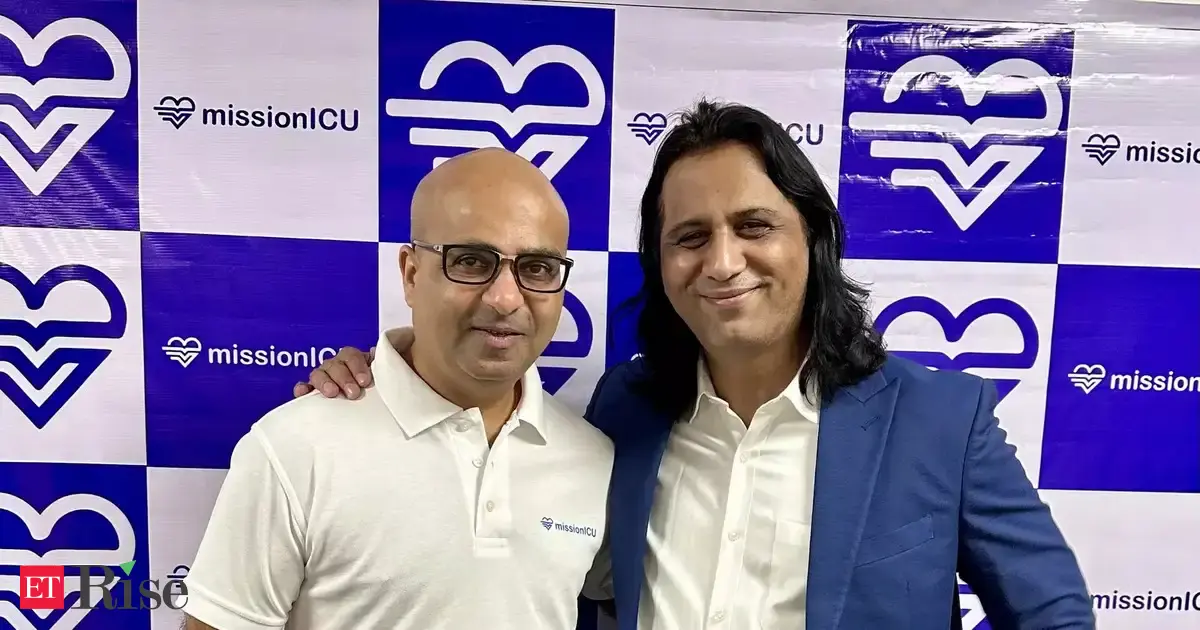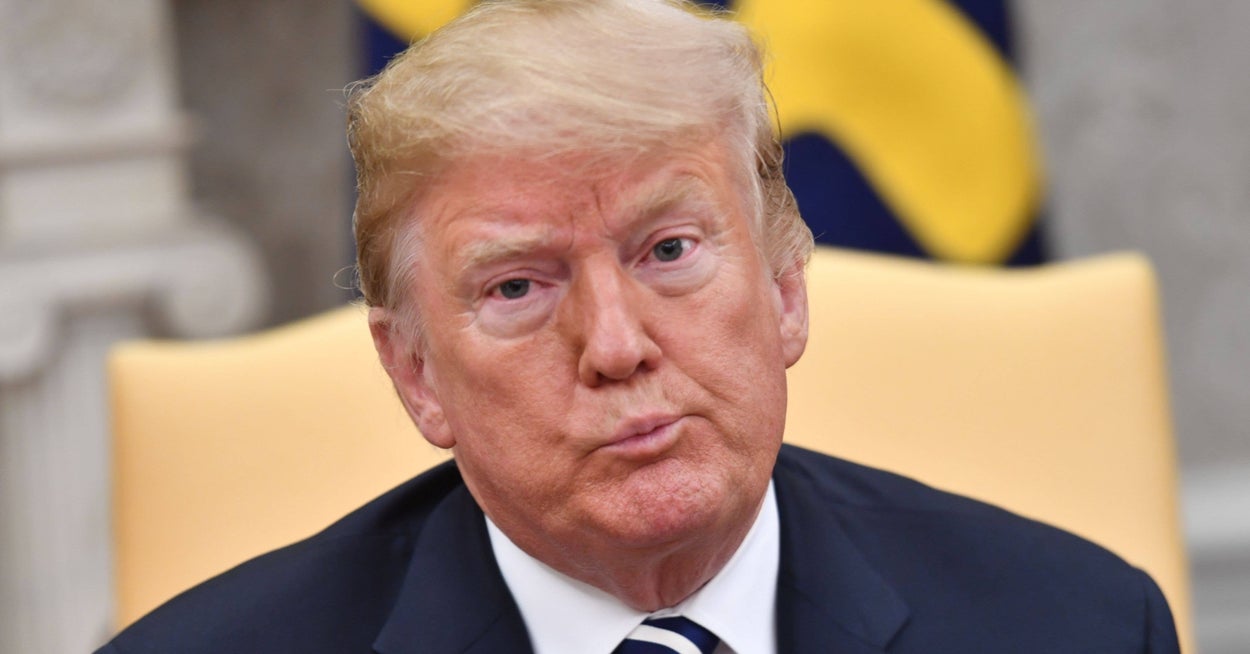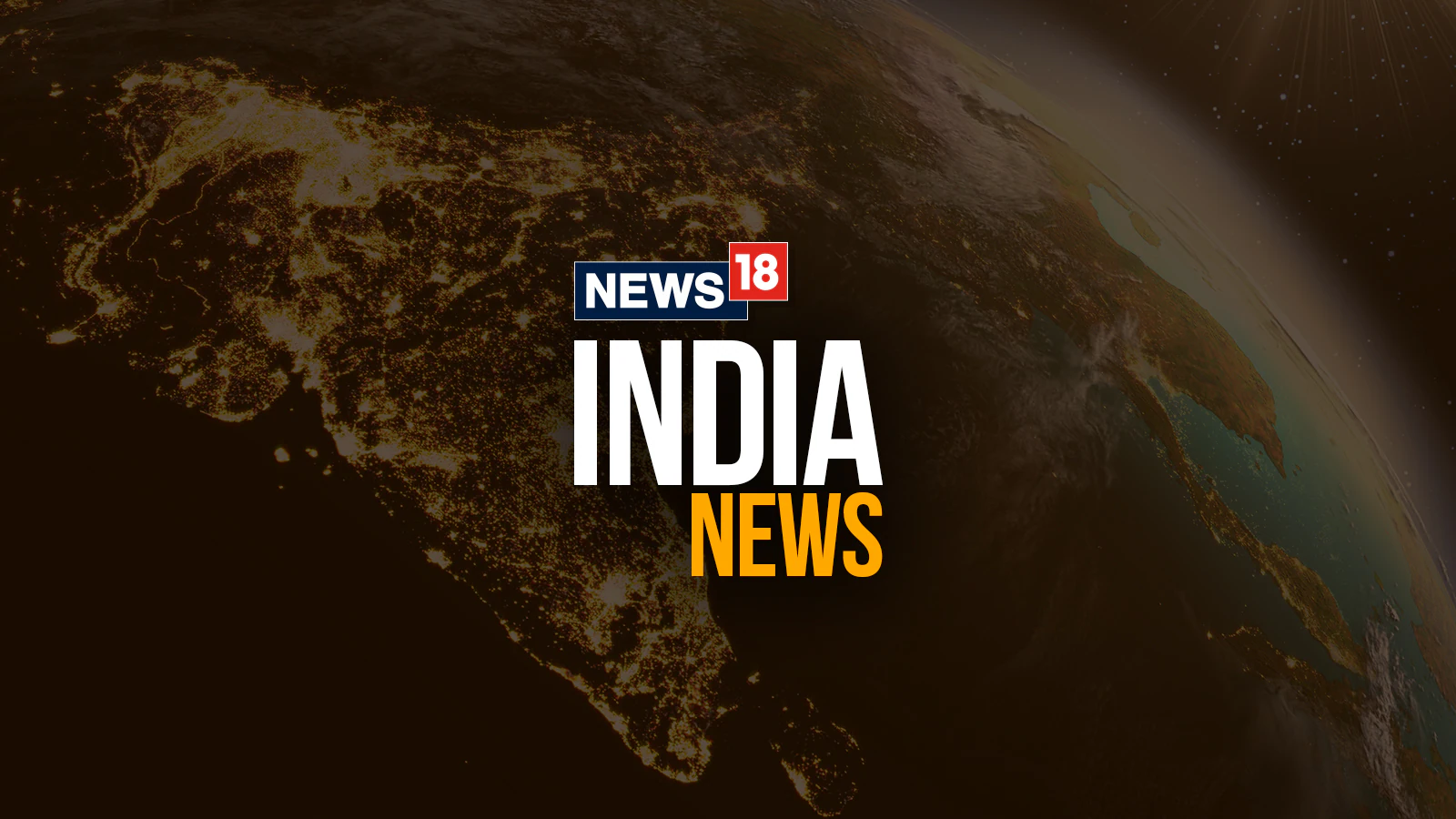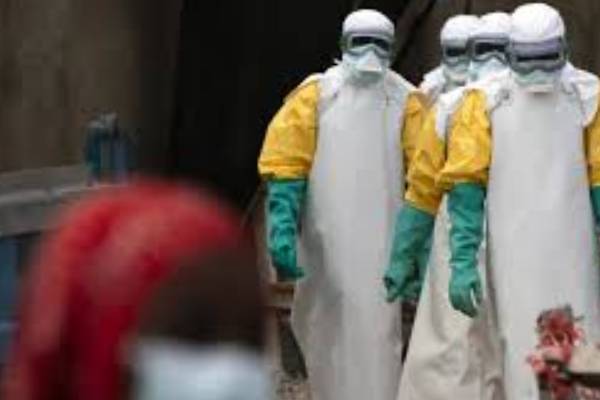By Martin Shwenk Leade
Copyright indiatimes

Maanoj Shah and Dr Ashwin Naik
Mission ICU emerged during India’s second COVID-19 wave and evolved into a national effort. Dr. Ashwin Naik and Maanoj Shah co-founded the nonprofit, which has put 220 ICU beds in 22 government hospitals across 10 states, affecting over 24,000 lives yearly. During their conversation with The Economic Times Digital, the founders cover infrastructure difficulties, sustainability, and the need for fair healthcare. Edited excerpts.The Economic Times (ET): What does Mission ICU provide? Mission ICU was born during the COVID-19 crisis—how has the organization evolved since those early days of emergency response?Ashwin Naik (AN): Mission ICU began as a rapid response initiative during the second wave of COVID-19, deploying ICU beds in the district government hospitals mainly in rural India that lacked critical care facilities. Over time, it has evolved into a long-term mission to bridge the rural–urban critical care infrastructure gap. Today, with 220 ICU beds installed across 22 hospitals in 10 states, we are moving beyond crisis response toward sustainable healthcare infrastructure development.ET: Rural India often struggles with basic healthcare. What unique challenges did you face while setting up ICUs in underserved regions, and how did you overcome them?AN: The biggest hurdles were infrastructure gaps, shortage of trained staff, and last-mile logistics. Many district hospitals lacked basics such as oxygen pipelines or reliable power. To address this, we carried out due diligence and selected hospitals that already had minimum readiness in place. In others, we asked the administrations to first bridge critical infrastructure gaps before moving forward. Once ready, we deployed our standardized 10-Bed ICU Setup—designed for both scalability and consistency—so that every hospital received a robust and reliable unit. What encouraged us was the genuine eagerness of district hospital teams to expand their ICU capacity. Close collaboration with local administrations and training support ensured that these challenges could be systematically overcome.ET: How does Mission ICU ensure sustainability—beyond just installing ICU units—to make sure these facilities remain functional long term?AN: Sustainability is at the heart of our model. We don’t just donate equipment—we integrate ICUs into existing hospital systems, provide training and capacity-building, and ensure one year service agreements for maintenance. Partnerships with state health departments and local administrators guarantee that facilities remain operational and impactful well beyond our intervention.Live EventsET: Many nonprofits struggle to scale impact. What makes Mission ICU’s model different, and how do you plan to expand it further?Maanoj Shah (MS): Our model is community-driven, transparent, and replicable. Because we focus on collaboration with governments, CSR partners, local NGOs, and hospitals, scaling becomes systematic rather than piecemeal. With $1.2 million raised and 220 ICU beds deployed—impacting over 24,000 lives every year—the reach is both far and sustainable. Looking ahead, we are expanding into more states. A major step in this direction is the Mission Critical 2025 Conference in Delhi on October 9, which is designed as a national platform to unite policymakers, healthcare leaders, startups, and CSR heads. The outcome will be a National 2047 Pandemic Preparedness Roadmap, linking India’s healthcare vision to the centenary of independence.ET: CSR and philanthropy are critical to your work—what motivates businesses and donors to invest in rural critical care, and what more can be done to mobilize support?MS: Businesses and donors are motivated by tangible, high-impact outcomes—an ICU bed directly saves lives. What more can be done is to align CSR investments with SDGs, long-term systemic change, and transparent impact reporting, so that companies see rural healthcare not just as charity but as nation-building.ET: How does Mission ICU work with government hospitals and district health administrations to integrate ICUs into existing infrastructure?AN: We only set up ICUs in government or charitable hospitals, ensuring maximum public access. District health administrations are deeply involved in identifying needs, providing space, and integrating ICUs into their systems. This alignment ensures sustainability, staff ownership, and scale.ET: Coming from a medical, finance and business background, what inspired you to start Mission ICU, an initiative towards strengthening healthcare infrastructure?MS: The pandemic was a turning point—it revealed how fragile healthcare access is outside metro cities. As entrepreneurs, we felt we had both the networks and organizational experience to mobilize resources quickly. This mission is not our professional job but is driven by our personal passion to do social good at scale. We still have our day jobs where Dr. Ashwin continues his work in healthcare and in the social innovation space and I run my business in Finance & Offshore Accounting. The overwhelming support from funders, volunteers, and administrators has reinforced our belief that a volunteer-driven mission, when rooted in purpose, can create such a large-scale and lasting impact.ET: How has your entrepreneurial experience helped in running a nonprofit like Mission ICU, where stakes are often humanitarian rather than financial?MS: Entrepreneurship teaches resilience, problem-solving, and the ability to build scalable models under resource constraints—all vital for nonprofit work. We apply the same principles—efficiency, accountability, and innovation—but direct them toward humanitarian outcomes instead of profits.ET: What does “equitable healthcare” mean to you personally, and how far is India from achieving it?AN: Equitable healthcare means that a villager in rural India has the same chance of survival in an emergency as someone in Delhi or Mumbai. India has made progress, but the gap is still wide. Bridging it requires investment in infrastructure, workforce, and governance—and that’s exactly what we are working toward with Mission ICU and CPR.ET: Beyond ICUs, what other interventions are urgently needed to bridge the rural–urban healthcare gap?AN: Alongside ICUs, we need strengthened primary care, disease surveillance, affordable medtech solutions, and robust referral networks. Training healthcare workers, ensuring digital health access, and addressing manpower shortages are equally urgent. ICUs are one pillar—but the broader vision is pandemic-resilient, accessible healthcare for all. That’s why at the Mission Critical Conference, discussions will go beyond critical care and include topics like data integration, healthcare innovation, and coordinated governance. This collaborative approach ensures that we don’t just fix today’s gaps but design a system strong enough for future generations.Add as a Reliable and Trusted News Source Add Now!
Read More News onicurural indiamission critical conferencecsrmaanoj shahashwin naik
Nominate your pick for ET MSME Awards 2025 by Oct 15….moreless
Read More News onicurural indiamission critical conferencecsrmaanoj shahashwin naikNominate your pick for ET MSME Awards 2025 by Oct 15….moreless
Prime ExclusivesInvestment IdeasStock Report PlusePaperWealth Edition123View all Stories



